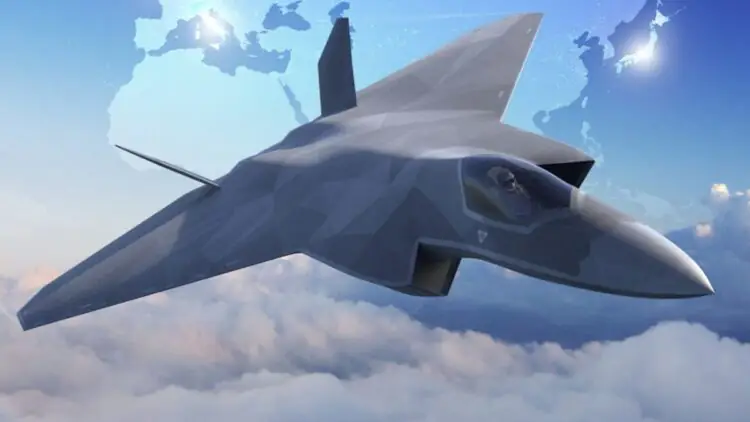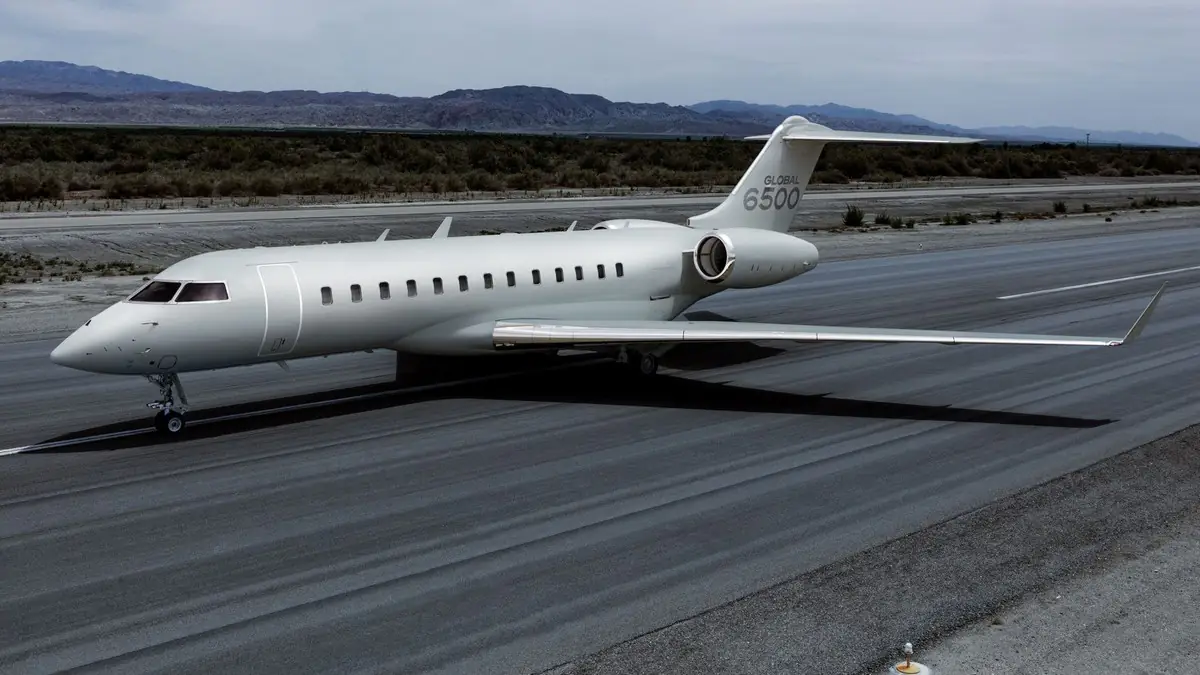The United Kingdom has recently unveiled the concept of a sixth-generation fighter jet, named Tempest. Here’s what is currently known about the project.
The aircraft represents an ambitious effort to address the evolving demands of future aerial combat. More than just a concept, Tempest signals a serious attempt to reshape the landscape of military aviation. It also marks the UK’s first major breakthrough in aerospace development in over four decades – and stands out as one of the more ambitious initiatives globally.
The Tempest is expected to enter service by 2035, but even the current prototype already makes a strong impression. One of the first things that stands out is its size. The aircraft is massive – over 19 meters in length. For comparison, the F-35 measures just over 15 meters. The full-scale mock-up, currently on display at BAE Systems’ facility in Warton, dominates the hangar. While it’s not the final production version, the design appears close to what will eventually be fielded. It already looks like something ready to take flight.
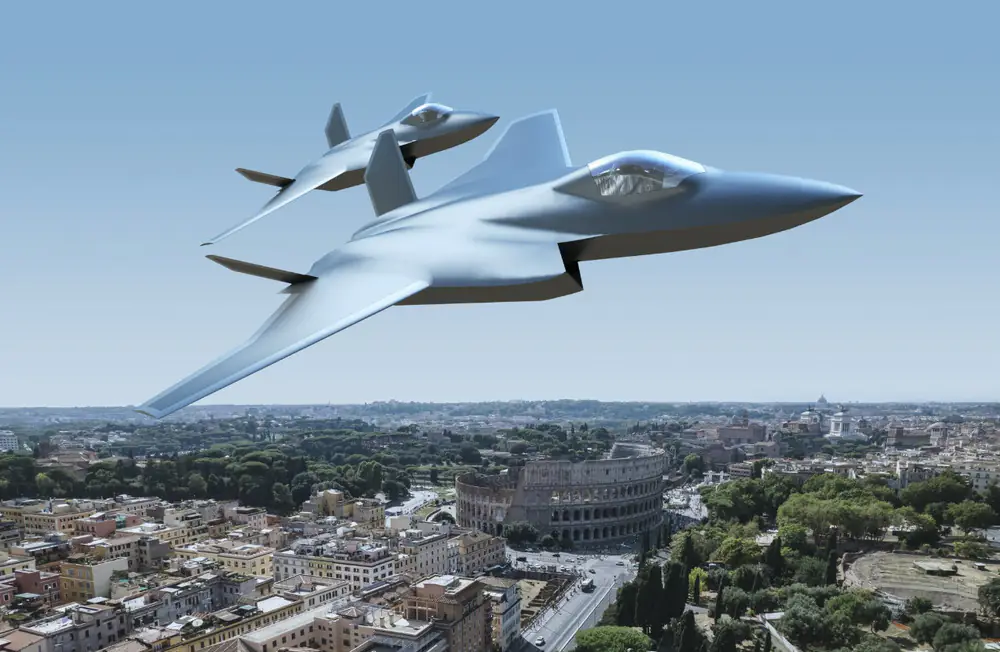
Tempest is more than just a fighter jet. It’s being designed as a next-generation platform, incorporating advanced stealth capabilities, a high level of onboard artificial intelligence, integration with drone systems, and compatibility with cutting-edge weaponry. Crucially, the entire project is being developed with long-term air superiority in mind – aimed at maintaining dominance in the skies for decades to come.
Read also: History and Achievements of SpaceX: Elon Musk’s Great Space Passion
TABLE OF CONTENT:
Tempest is huge. And it’s no coincidence
Why build something this large? The reasoning is straightforward: a larger fuselage allows for greater fuel capacity, which translates to extended range and the ability to carry a heavier payload. In modern warfare, victory doesn’t necessarily go to the aircraft that takes off first – but to the one that can fly farther, strike with precision, and return without needing to refuel.
Contemporary conflicts are rarely fought close to home. They often involve deep operations, sometimes thousands of kilometers from the nearest friendly base. Tempest is being developed with exactly these challenges in mind. It’s designed to patrol European airspace, penetrate deep into hostile territory, deliver precise strikes, and return to base independently – without the need for aerial refueling or outside support.
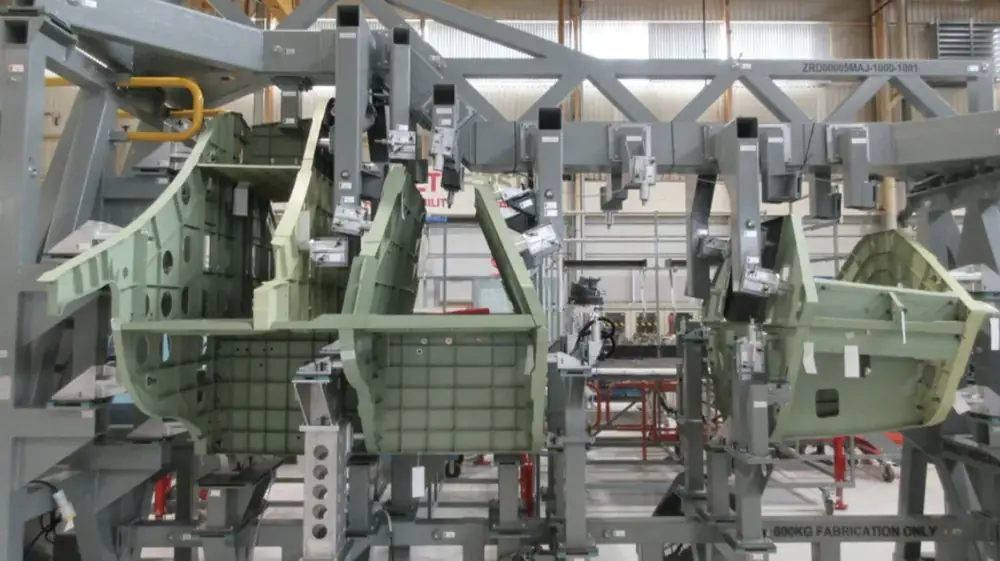
There’s more. All weaponry will be housed internally, with no external hardpoints or visible mounts. This approach is intended to minimize the aircraft’s radar signature, reducing the chances of detection and increasing its survivability in contested environments. Tempest isn’t just a fighter – it’s being built as a stealth-focused hunter, designed to operate from the shadows and engage targets with minimal exposure.
Read also: All about the new F-47 and the NGAD programme
The UK’s response to Russia and China
In the event of a large-scale conflict with Russia or China, Tempest is expected to be the first aircraft to enter enemy airspace – and to do so independently. That means no mid-air refueling, no escort, and no operational caveats.
Unofficial estimates suggest a combat range of up to 2,000 miles (around 3,200 kilometers). In practical terms, this would allow Tempest to take off from a base in the UK, reach the Moscow region, carry out a strike mission, and return – all without external support. This isn’t just a step forward – it represents a major shift in capability for the Royal Air Force.
For comparison, the RAF’s current mainstay, the Eurofighter Typhoon, has a combat range of roughly 860 miles (1,380 kilometers). The F-35A falls even shorter, at around 680 miles (1,100 kilometers). Both require tanker support for long-range missions – a significant vulnerability. A single well-placed strike on a refueling aircraft can compromise an entire operation. Tempest aims to eliminate that risk entirely.
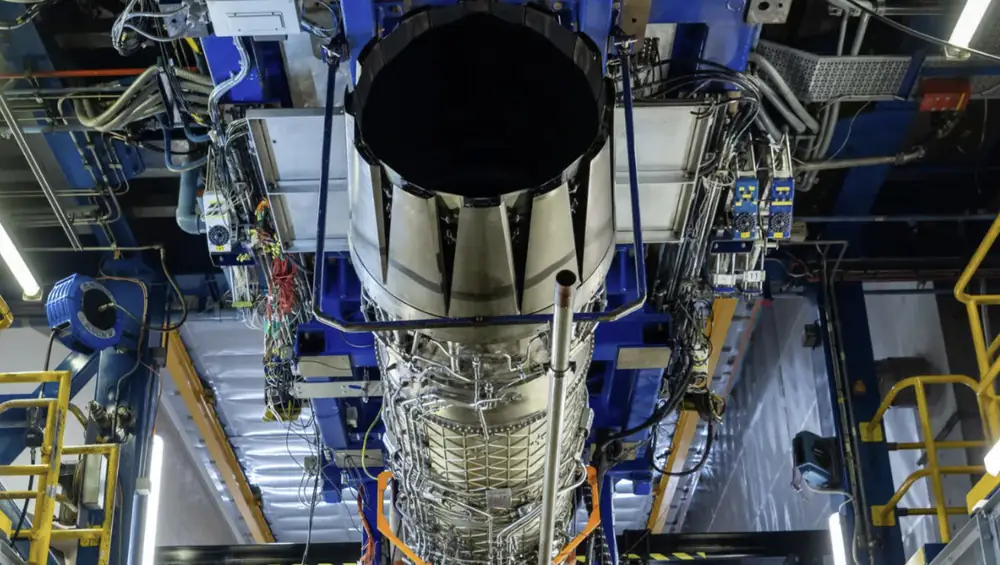
Tempest is being developed to change that equation. It’s intended to function as a fully autonomous platform – not just because of its large fuel reserves, but also due to advanced software, artificial intelligence, and the ability to operate effectively in contested electronic environments. According to BAE Systems engineers, Tempest may even be capable of crossing the Atlantic on its own – something no Royal Air Force fighter has done without assistance.
This isn’t just a useful feature – it’s a genuine game-changer. Such range and autonomy offer more than just tactical flexibility; they provide strategic freedom. It’s a costly capability, but one that could prove essential in future conflicts.
Read also: Thrust Reversal: How and When an Aircraft Uses Engine Braking
Silent killer with a digital brain
Tempest isn’t just another fighter jet – it’s a next-generation aircraft packed with electronics that effectively turn it into a flying combat server. It’s designed to operate across a wide spectrum of roles, not only as a fighter, but also as a command hub, reconnaissance platform, coordinator, and even a control node for companion drones.
In practical terms, this means Tempest won’t just participate in the fight – it will help manage it. It’s expected to coordinate in real time with unmanned systems, other aircraft, ground forces, and satellites. And critically, it’s being built to function even if communication links with its home base are jammed or completely severed.
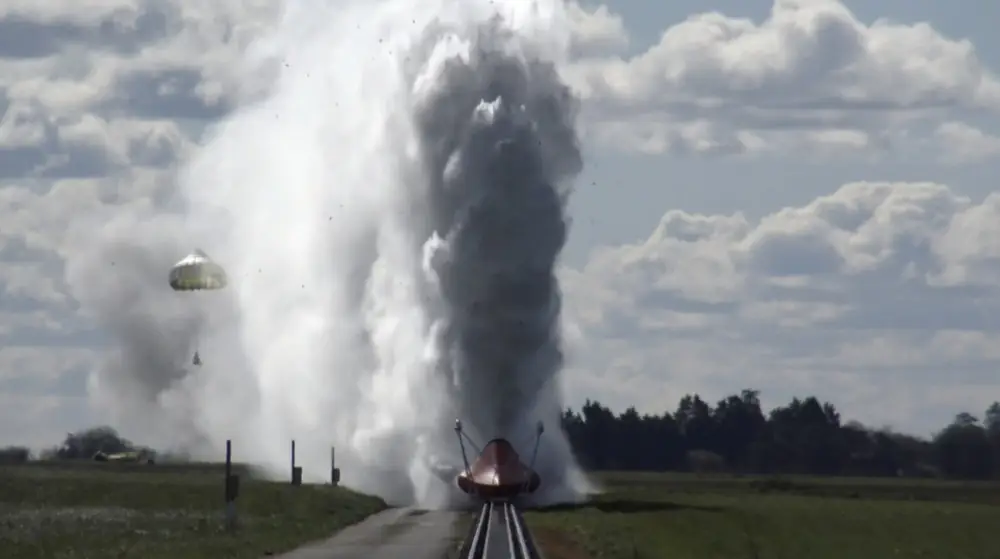
In future conflicts, where the skies become arenas of information warfare, this level of autonomy offers a significant advantage. Tempest is conceived as a flying combat computer equipped with advanced artificial intelligence that doesn’t just assist the pilot – it actively reduces their workload. Features like predictive systems, automated decision-making, and encrypted communications are not theoretical; they are real functions already being integrated into the platform.
Engineers compare piloting Tempest to commanding an entire squadron from a single cockpit. This reflects the direction of future air combat – fast, networked, and autonomous.
Read also: Космос – нове поле битви?
It will be invisible, but not at the expense of efficiency
Developers claim that Tempest will be difficult to detect – not by sacrificing performance, but rather by adapting to the evolving realities of modern warfare. The goal isn’t just invisibility but being elusive, autonomous, and lethal all at once.
The airframe is designed to be as “clean” as possible, shaped according to principles of geometry and thermodynamics to optimize radar wave absorption. There are no external hardpoints, with weapons carried internally. However, stealth alone no longer guarantees success. If an aircraft relies on mid-air refueling and the tanker is taken out, the entire mission can fail.
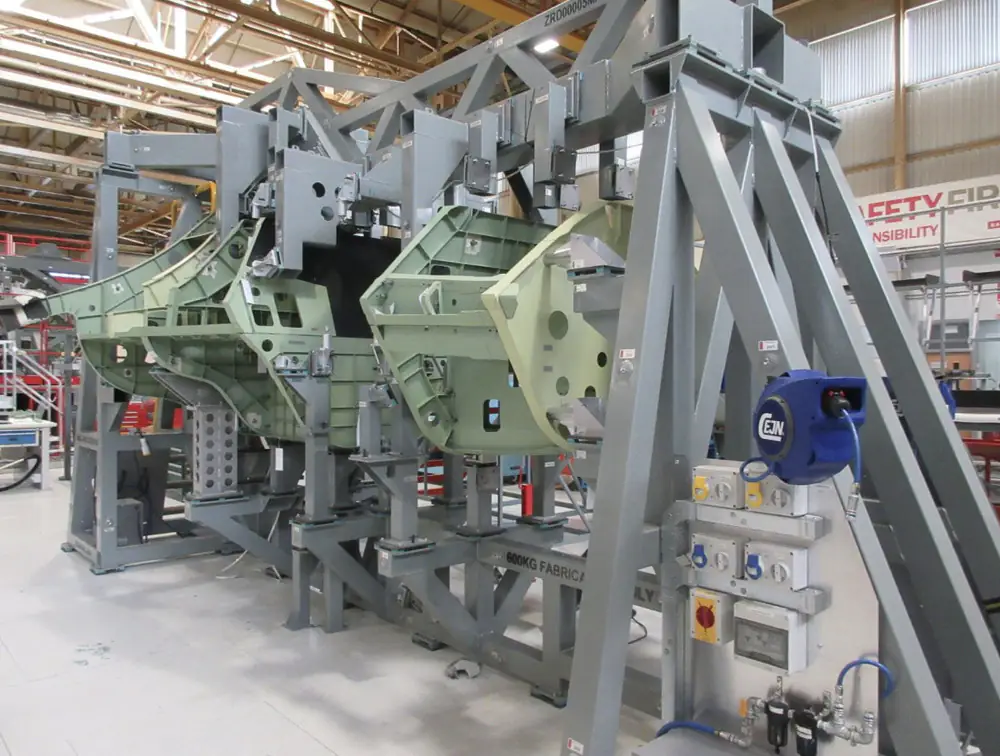
Tempest is designed to operate differently – quietly, deeply, and independently. For this reason, engineers are focusing not only on low observability but also on speed, agility, artificial intelligence, and full information integration. The aircraft will gather data from dozens of sensors, combine it into a real-time comprehensive picture, and respond instantly.
It will feature a new generation of engines with variable geometry nozzles, allowing for flexible thrust control and reduced heat signature. Alongside this, it will fully integrate sensor data so the pilot doesn’t just see radar images, but a complete digital “snapshot” of the battlefield enhanced by AI. Tempest won’t just avoid detection – it will operate one step ahead of the enemy.
Read also: Everything About the BLAZE Interceptor Drone from Latvian Company Origin Robotics
British industry on the rise
The United Kingdom is not developing Tempest alone. It’s part of the Global Combat Air Programme (GCAP), an international initiative in partnership with Japan and Italy. However, this is more than just another military project – it’s a significant engineering and economic leap toward the future. Currently, the program involves over 2,500 engineers, and that number is expected to grow. Tempest is the first fighter jet fully developed in the UK in over 40 years, following the legacy of the iconic Tornado.
The development relies heavily on advanced digital technologies such as 3D printing, collaborative robotics (cobots), digital twins, model-based engineering, and virtual simulations. These tools enable faster design processes and allow engineers to build a complex combat aircraft with precision down to the smallest component – long before the physical prototype takes shape.
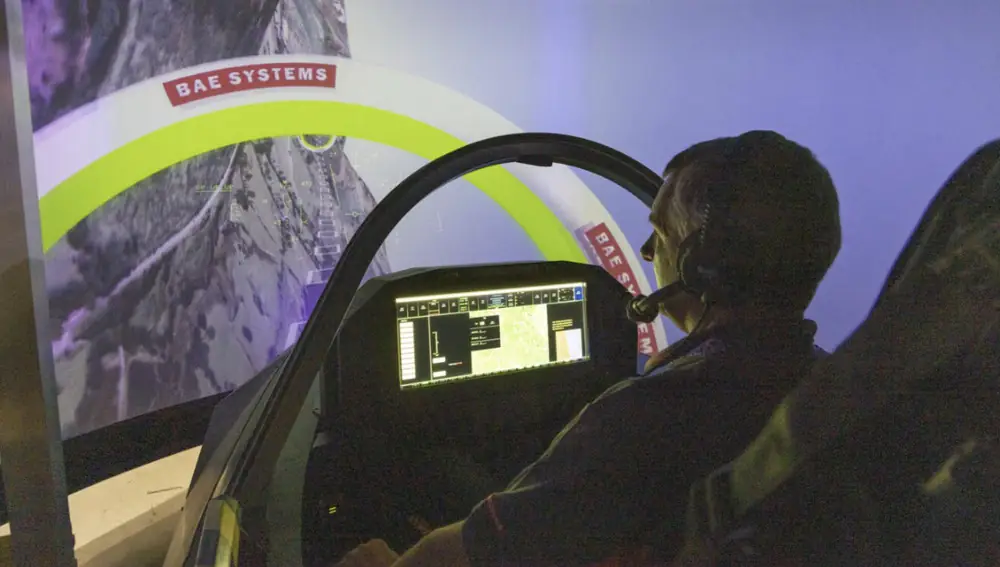
Test pilots from BAE Systems, Rolls-Royce, and the Royal Air Force have already logged over 300 hours on the Combat Air Flying Demonstrator simulator, despite the actual aircraft not yet having flown. These simulation sessions allow pilots and engineers to collect data on how the aircraft will perform during extreme maneuvers, effectively gaining years of practical experience before the first real flight.
The international partnership with Japan and Italy extends beyond cost-sharing. It provides access to cutting-edge technologies, fosters joint development, and, importantly, opens the door to the global market. Exporting Tempest could represent a significant breakthrough for the entire European defense industry.
The first flight tests are scheduled for the early 2030s. This means that within a few years, the skies over the UK will witness the prototype of a next-generation aircraft – fast, stealthy, and lethal.
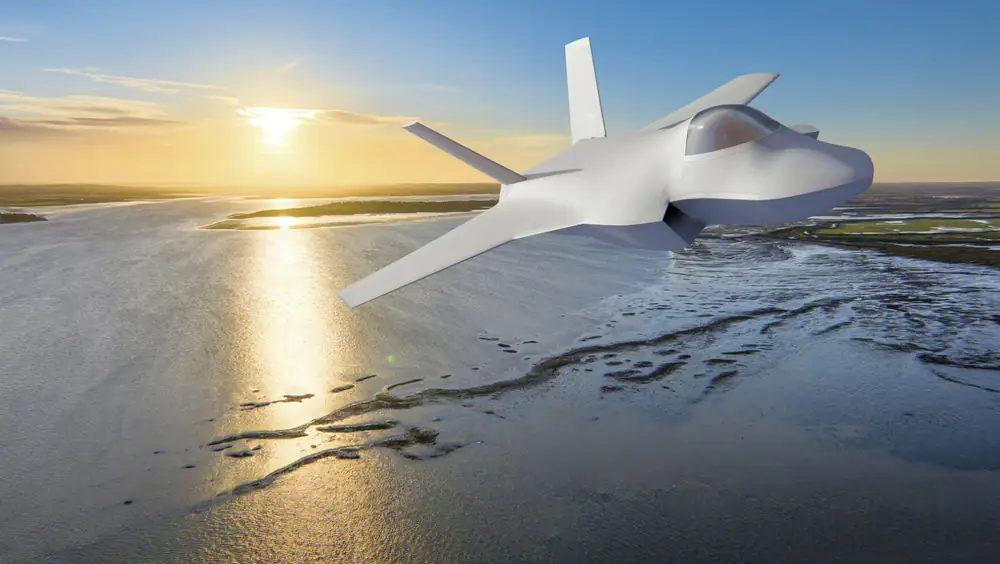
At a time when global tensions are high and conflicts extend beyond trenches into cyberspace, the electromagnetic spectrum, and even orbit, Tempest aims to address these multifaceted challenges. While the cost per unit may exceed £150 million, it’s more than just a combat platform – it’s designed as a strategic tool for influence.
Read also:


